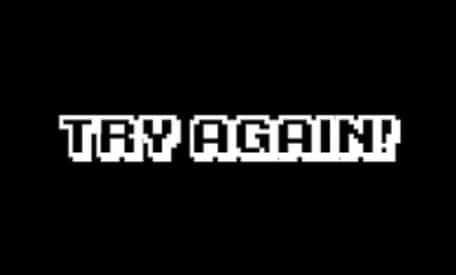A new client brought their project to us with product renderings completed by a very large, very well-known design firm. The renderings were absolutely beautiful and it was hard not to be impressed. The client had spent almost a year and over six figures for the design work only to have manufacturing tell them that the product could not be produced at the cost-target.
The client returned to the design firm and spent more money changing the design so that it could be produced cost-effectively. However, the new design was absolutely eviscerated in focus group testing. The response was so caustic, so off-the-mark, that they were forced to again redesign the product and return to market testing. The client was shocked when, again, the focus group results were less than positive.
The client used a reputable design firm. They consulted manufacturing and changed the design based on their recommendations. They market-tested the product. And yet, somehow they still missed the mark. This nightmare is more common than you might think. Over the years, we have heard stories just like this from many different clients. So, what went wrong?
UNDERSTANDING REALITY-DRIVEN DESIGN
While they did the right things, the process was out-of-sequence and non-concurrent. Many large design companies use traditional development processes that are not integrated and are operated on a phase-based cycle. In this phase-based approach, when one process is complete, it moves to the next, and so on. If there is an issue at one step, the cycle begins again or returns to a previous process. This cycle creates iterative, redundant tasks and wastes both time and budget.
Below are some ways you can avoid these pitfalls.
1. Utilize a collaborative process from the beginning.
If you do not have the resources to collaborate, partner with a product development company that does. This will help ensure that the final design will meet the criteria of all departments involved.
It might seem counterintuitive to include more resources, but by including a variety of people from different backgrounds, perspectives, and departments, the project becomes much more efficient from the start. Consulting engineering, manufacturing, sales, marketing, service, and finance will decrease chaos and increase buy-in.
2. Know what your customer wants.
While it is difficult to do focus group or market testing without an actual product to test, knowing what the end-user needs is critical. Many companies fall into the trap of assuming they know what their customers want and spend little time researching the customers’ perspectives prior to prototype development. This is an easy trap to fall into because it is simply the “way it has always been done” in many traditional design cycles..
Sometimes this can result from simple desire to please the customer, i.e. “the customer will love this” attitude. Other times, it is driven by the competition, i.e. “our competition is doing this so it must be a good idea.”
When the product actually reaches the customer’s hands and the feedback is negative, company’s are usually surprised, if not shocked completely. The result is usually multiple iterations of design-prototype-test-repeat until an acceptable prototype is created.
At Catalyst, we encourage collaborative, silo-busting brainstorming activities so that all departments own the final design. In addition, our proprietary design thinking-based process helps determine end-user wants and needs before moving to testing or prototyping.
Don’t settle for the way it’s always been done. Trust your project to Catalyst – an expert in design – so that your project is done right, the first time. Read more about our process or contact us to learn more about reality-based design.
